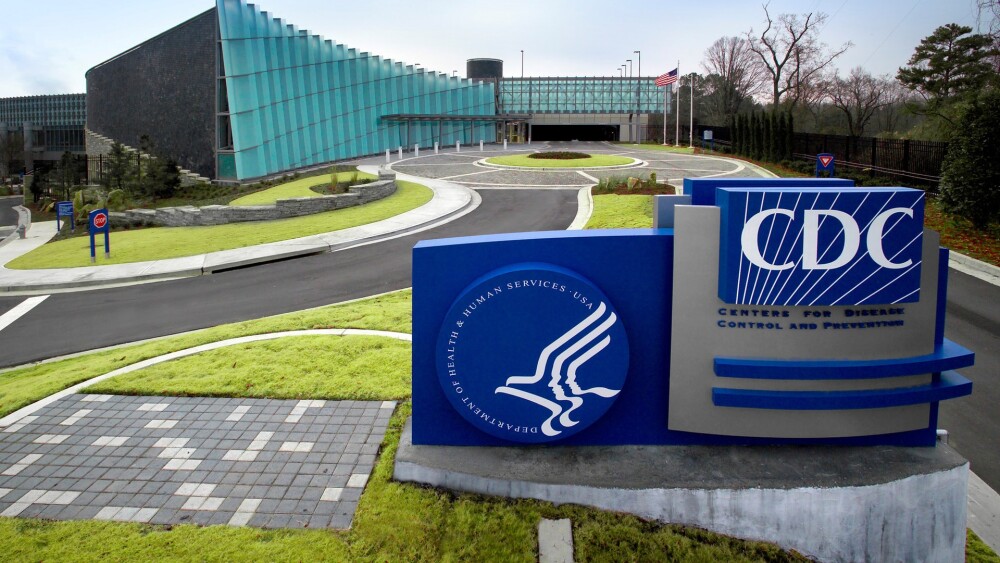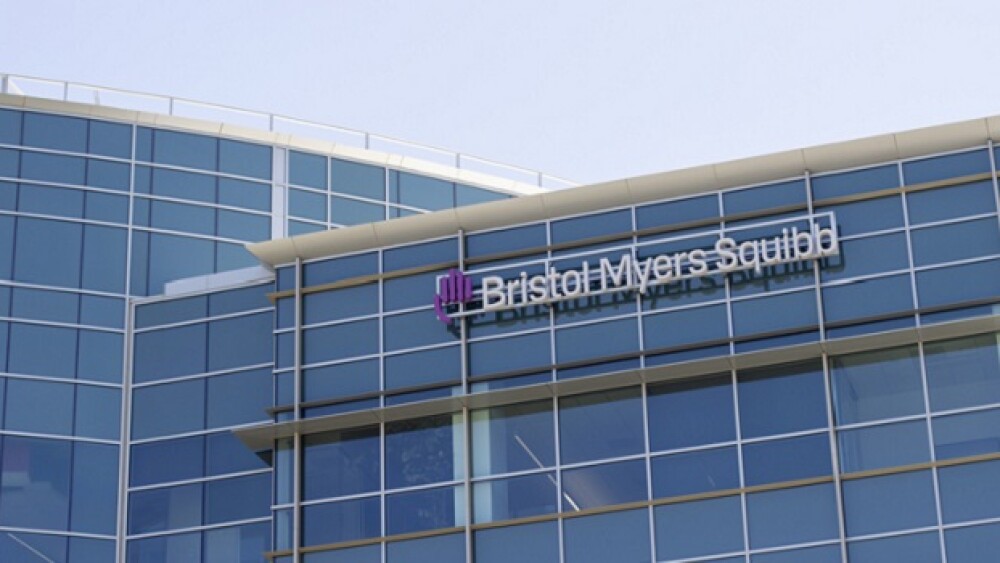BNT327, a PD-L1/VEGF therapy, is still currently being manufactured in China, but BioNTech is working to establish a diversified supply chain, executives said during the company’s Q1 investor call.
BioNTech has big plans for the investigational PD-L1/VEGF therapy BNT327, which is being tested in a sprawling Phase III program for a variety of cancer types. There’s just one problem: President Donald Trump’s escalating trade war—particularly his targeted tariffs on China.
“Manufacturing is currently supplied [from] China,” Chief Strategic Officer Ryan Richardson said during a first quarter earnings call Monday, adding that BioNTech is “reliant on a China-based CDMO.” Richardson was quick to allay investors’ concerns, however, saying on the call that BioNTech is currently “diversifying our supply base and our plans over the next couple of years are to establish multiple supply nodes, including outside of China.”
The company has acquired multiple assets from Chinese companies. BNT327 came to BioNTech when it bought Chinese partner Biotheus in late 2024 for about $950 million. Multiple antibody-drug conjugates in the biotech’s pipeline also came from Shanghai-based DualityBio for $1.5 billion in biobucks.
BioNTech CFO Jens Holstein said that tariffs could affect BioNTech’s vaccine business. “Potential changes in law or government policy, including tariffs and public health policy, and evolving public sentiment around vaccines and mRNA technology worldwide could further negatively impact our anticipated COVID 19 vaccine revenues and expenses,” he said.
Richardson continued to downplay concerns, however. “We have the ability to produce [Comirnaty, BioNTech’s mRNA-based COVID 19 vaccine] in the United States. We also have the ability to produce it in Europe.”
BNT327 is part of an emerging and closely watched class of cancer therapies addressing two of the most widely targeted pathways in cancer: PD-1, which allows malignant cells to suppress and evade the immune system, and VEGF, which tumors use to create new vasculature to supply nutrients and oxygen.
Uniquely, however, BNT327 targets the PD-L1 ligand, as opposed to the PD-1 receptor, which the current VEGF bispecific frontrunner ivonescimab—developed by Summit Therapeutics and Chinese partner Akeso—targets. Investors questioned BNT327’s particular binding target on the call, noting that anti-PD-L1 antibodies have typically underperformed in the clinic.
In response, Chief Medical Officer Özlem Türeci pointed out that BioNTech “deliberately” chose to target PD-L1 over PD-1, because the ligand “might be superior” to the receptor “in anchoring [BNT327] in the tumor microenvironment, where we want to have the bispecific.”
BioNTech plans to move rapidly with BNT327, according to its investor presentation on Monday. The company is currently running several mid-stage trials in solid tumors, including the Phase II ROSETTA Lung-01 study in small cell lung cancer and the Phase II/III ROSETTA Lung-02 study in non-small cell lung cancer.
Seeking to carve a different niche from Summit and Akeso’s ivonescimab, BioNTech is planning to develop BNT327 into novel cancer types, “a couple of those where we think [we’ll be] positioned, if we can execute well, to be potentially first-to-market,” Richardson said on the call. These include triple-negative breast cancer and small cell lung cancer.
Further down the line, BioNTech is also looking to combine BNT327 with other anti-cancer agents, including antibody-drug conjugates. “And there we think we have a differentiated strategy by virtue of our broad pipeline . . . that we have in-house that could be combined with [BNT327],” Richardson added.
In the first quarter of 2025, BioNTech made €182.8 million (approximately $207 million), representing a €415.8 million, or nearly $472 million, net loss. During the same period last year, BioNTech lost €315.1 million (around $357 million).
Looking ahead to the rest of the year, BioNTech reiterated its 2025 revenue guidance despite continued macro-level pressures. The company anticipates bringing in between €1.7 billion and €2.2 billion (approximately $1.7 billion to $2.5 billion) this year, while R&D expenditure is projected to hit €2.6 billion to €2.8 billion, or roughly $2.95 billion to $3.18 billion.






